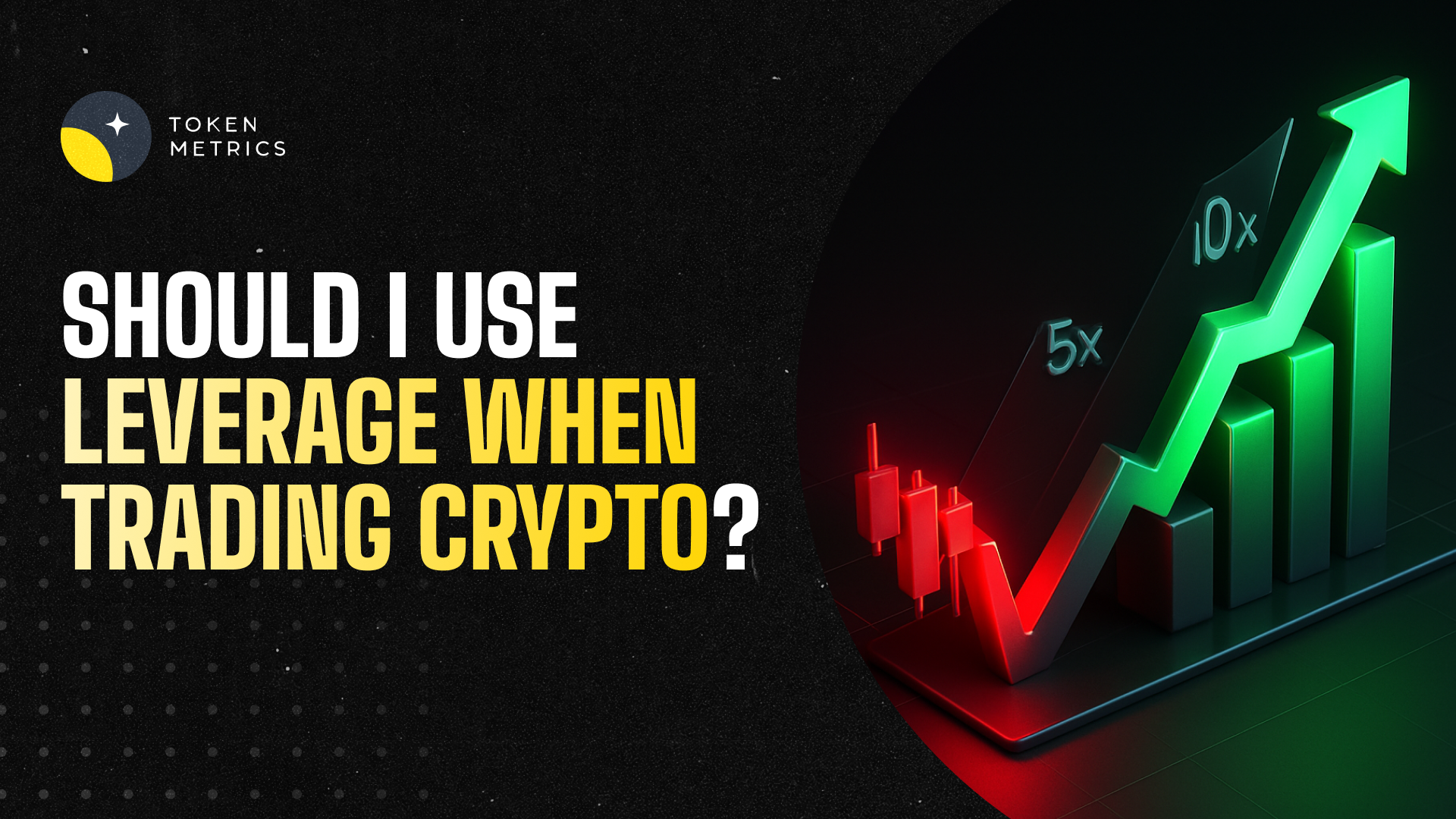
How Crypto APIs Power Real-Time Data for Apps and Platforms

Crypto markets never sleep—prices shift 24/7, blockchain activity surges minute by minute, and traders, analysts, or developers want up-to-the-second data. But where do wallet trackers, trading bots, or dashboards source this real-time information? The answer: powerful crypto APIs that connect applications directly to live blockchain and market data streams.
How Crypto APIs Work: Bridging Apps with Blockchains and Exchanges
Crypto APIs (Application Programming Interfaces) are the digital bridges between external software applications—like portfolio trackers, exchanges, or research platforms—and sources of cryptocurrency market and blockchain data. Instead of developers parsing raw blockchain nodes or manually scraping exchange data, APIs offer structured, standardized access to:
- Price Data: Live and historical prices for thousands of digital assets from multiple exchanges.
- Volume and Order Book Data: Insights into trading activity, liquidity, and market depth.
- Blockchain Data: On-chain transactions, block confirmations, wallet balances, and token info.
- Signals and Analytics: Trading signals, technical indicators, and sentiment metrics.
APIs can be called on-demand (REST APIs) for snapshots, or stream continuous updates (WebSockets) for real-time data. This accessibility enables faster, more reliable, and easily scalable integration for any crypto application.
Real-Time vs. Historical Crypto Data: What Makes Real-Time So Unique?
Real-time crypto data means delivering the most current information to users, ideally within milliseconds or a few seconds of it being published on an exchange or blockchain. In volatile markets, the difference between real-time and delayed data can be significant, especially for automated applications like trading bots, AI agents, or alert systems.
Unlike historical data—used for backtesting or research—real-time data requires:
- Low Latency Gathering: APIs must quickly ingest updates from blockchains and exchanges without significant lag.
- Immediate Distribution: Data is pushed to clients or applications as soon as it’s available, often via persistent connections.
- Reliability and Consistency: Ensured by robust infrastructure, data normalization, and error handling.
This demand for immediacy has shaped how top crypto APIs are built and how they interact with core data sources.
Data Sources for Crypto APIs: Exchanges, Blockchains, and Aggregators
To supply accurate real-time data, APIs must connect with several pillars of the crypto ecosystem:
- Centralized Exchanges (CEXs): APIs query and stream price, trade, and order book data from platforms like Binance, Coinbase, and Kraken. Many CEXs offer official APIs, which third-party API providers aggregate and standardize.
- Decentralized Exchanges (DEXs): On-chain data feeds from Uniswap, Curve, and other DEXs are sourced directly from smart contracts via blockchain nodes.
- Blockchain Networks: APIs utilize full nodes or light clients to pull transaction details, new blocks, token transfers, and wallet balances. This is achieved using technologies like JSON-RPC, GraphQL, or event listeners.
- Aggregators: Top crypto APIs often aggregate dozens of sources—both CEXs and DEXs—then normalize, de-duplicate, and enrich the data for end users.
APIs with broad coverage ensure more accurate, real-time market snapshots and make it easier for applications to monitor thousands of assets or protocols efficiently.
How Real-Time Crypto Data Flows: From Source to End-User
The journey of real-time crypto data from its origin to your screen usually involves these steps:
- Source Polling or Streaming: The API provider constantly queries or subscribes to data endpoints from exchanges and blockchain nodes. For exchanges, this could mean polling their REST endpoints or opening WebSocket streams for live trades. For blockchains, it might involve running full nodes or using trusted node providers that push every new block or transaction.
- Data Aggregation and Normalization: Data from multiple sources is collected, cleaned, de-duplicated, and standardized. APIs handle inconsistencies in trading pairs, fee structures, or ticker conventions to provide a smooth developer experience.
- Pushing Updates to Clients: Real-time updates can be delivered via WebSockets, webhooks, or (less commonly) fast-polling REST endpoints. This ensures apps, dashboards, or bots receive instant data refreshes and can react to events as they happen.
- API Layer Optimizations: Leading APIs employ caching, load balancing, sharding, and rate-limiting to maintain low latency, prevent downtime, and scale out automatically during periods of high demand.
The architecture behind these systems is complex—requiring careful engineering, robust security, and transparency to prevent data discrepancies or manipulation.
Practical Applications: Why Real-Time Data Matters
Real-time crypto data powers more than just flashy charts. Its uses include:
- Portfolio Trackers: Accurately reflecting wallet balances and portfolio values as assets move or prices swing.
- Automated Trading Bots: Using live market data to trigger trades based on preprogrammed strategies.
- Risk Monitoring Tools: Triggering risk controls or stop-losses if sudden price changes occur.
- Research Platforms & Dashboards: Delivering analysts, institutions, and hobbyists real-time transaction flows, exchange volumes, and token metrics.
- AI Agents & Advanced Analytics: Enabling machine learning models to adapt in real time based on evolving on-chain and market conditions.
This abundance of real-time information can enhance decision-making, improve user experience, and expand what’s possible for crypto developers and professionals—even outside trading or investing contexts.
Build Smarter Crypto Apps & AI Agents with Token Metrics
Token Metrics provides real-time prices, trading signals, and on-chain insights all from one powerful API. Grab a Free API Key
FAQ: How Do Crypto APIs Get Real-Time Data?
What Protocols Do Crypto APIs Use to Deliver Real-Time Data?
Crypto APIs deliver real-time data primarily through WebSocket streams, which allow fast, continuous data transfer. REST APIs provide snapshot data for quick queries. Some use webhooks or subscribe to blockchain events for instant updates when transactions or blocks are confirmed.
How Do APIs Ensure Data Accuracy Across Multiple Sources?
APIs aggregate data from various exchanges and blockchain nodes, cross-referencing sources to detect discrepancies or outliers. They normalize ticker symbols, prioritize high-liquidity markets, and filter out manipulated or erroneous data before serving it to users.
Can Developers Access Both Historical and Real-Time Crypto Data?
Yes, most top crypto APIs provide endpoints for both real-time streaming and historical data retrieval. Developers can analyze past price trends, on-chain activity, or backtest strategies alongside accessing live market and blockchain feeds.
Are Crypto APIs Secure When Handling Sensitive Wallet or Transaction Data?
Leading crypto APIs use HTTPS encryption, authentication tokens, and strict permission controls to protect user data. Still, sensitive actions (like executing trades or broadcasting transactions) should use APIs from trusted, reputable providers with robust security policies.
What Are the Main Limitations of Using Crypto APIs?
Limitations include rate limits (restricting request frequency), potential latency during market surges, and incomplete coverage if certain exchanges or blockchains aren't integrated. Some APIs may also restrict access to premium real-time features behind subscriptions.
Disclaimer
This content is for informational and educational purposes only. No financial, investment, or trading advice is provided or implied. Cryptocurrency carries risks; always conduct your own research and due diligence before using any platform, service, or API.

.svg)

Create Your Free Token Metrics Account

.png)




%201.svg)
%201.svg)


%201.svg)












.svg)




.png)